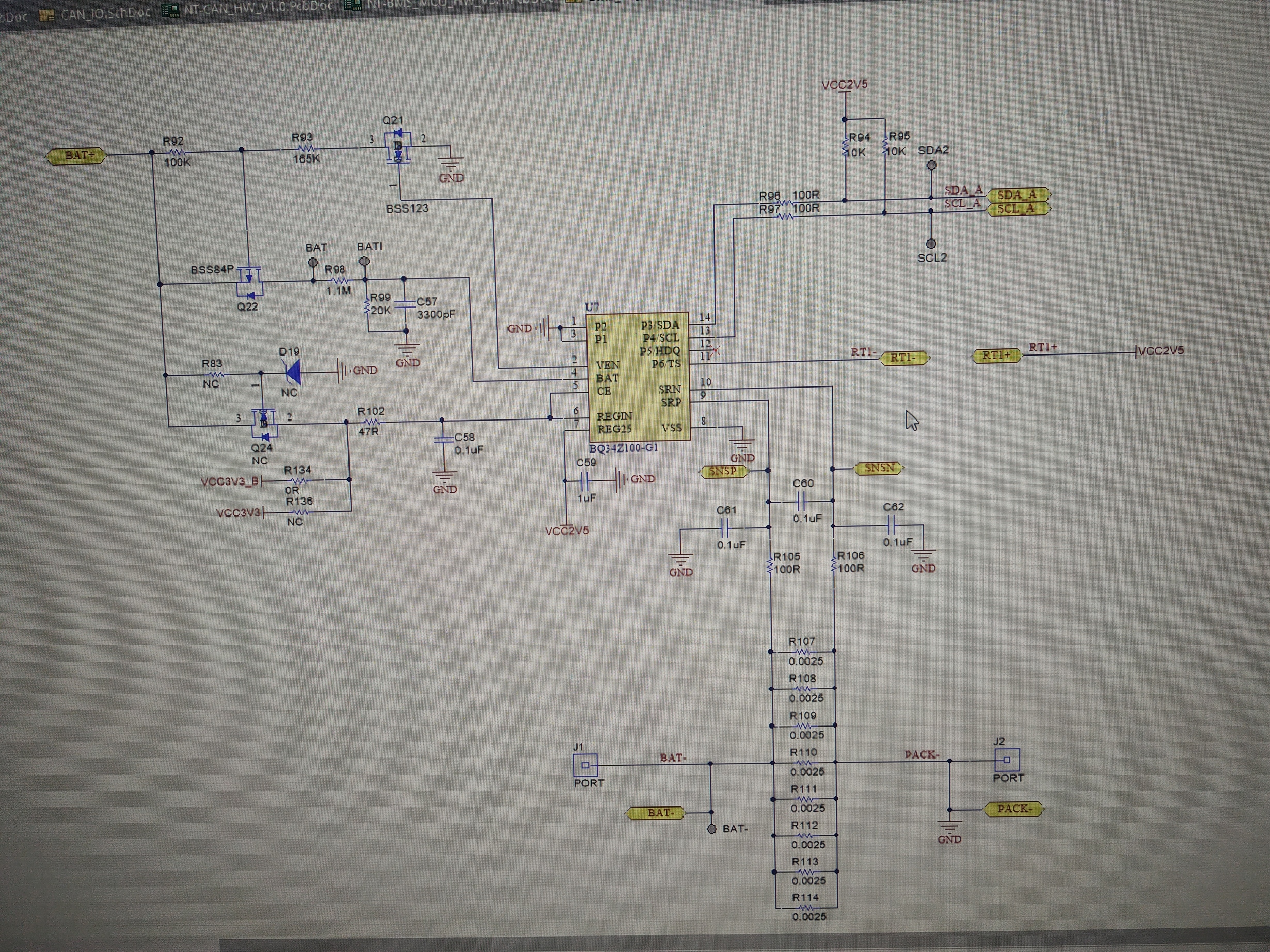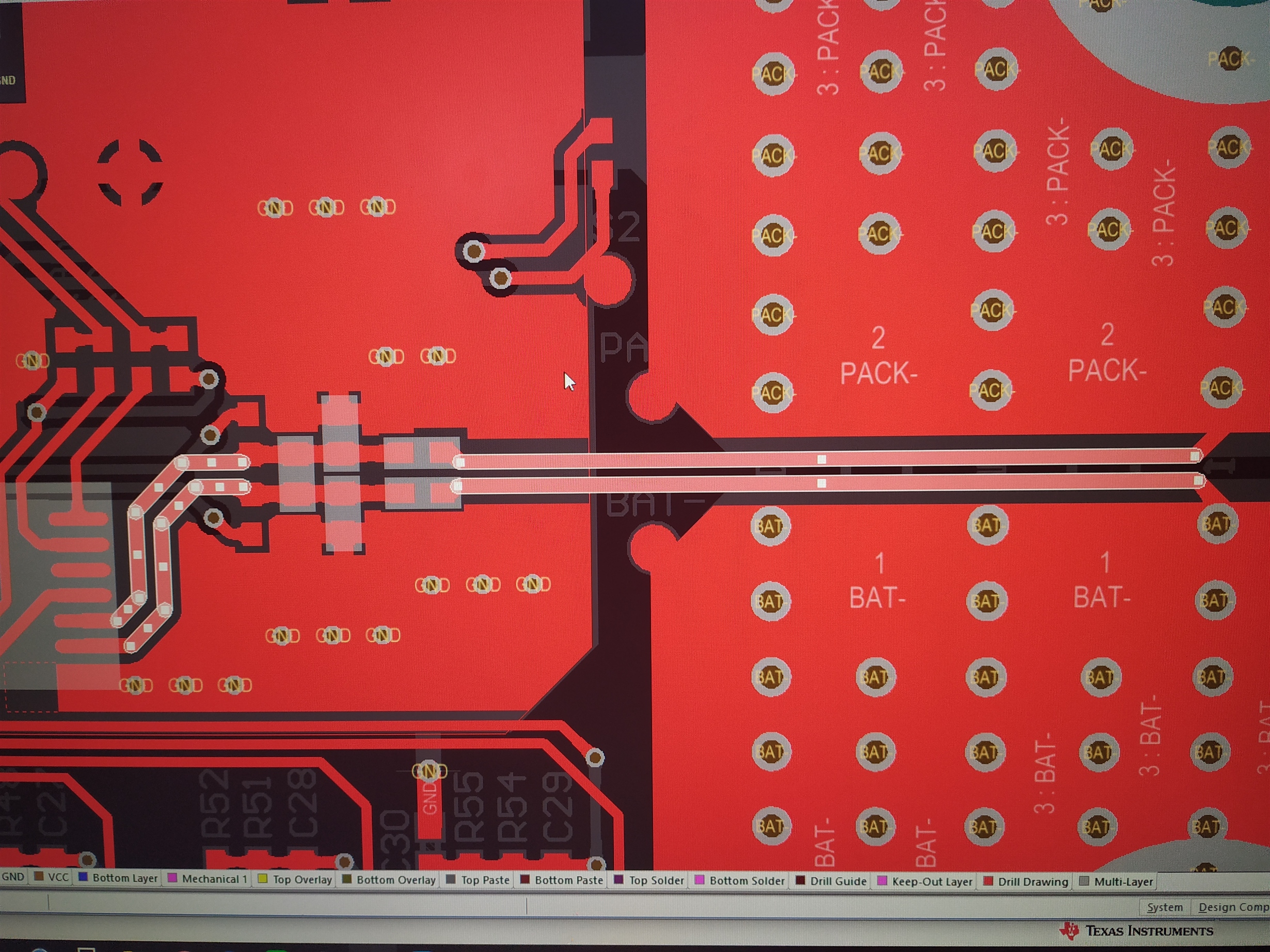Other Parts Discussed in Thread: BQ34Z100
Hi
My customer produce 200pcs 12series cells. After all batteries are assembled, calibrate and turn on IT_Enable, the battery power is basically around 72%.The battery was left in the warehouse for 4 days to check the power, and it was found that the SOC of almost all the batteries was reduced by at least 10%, and quite a few reduced more than 20%.
To troubleshoot problems, they took one piece of batteries do test, send x0041, SOC will return to 72%, and then use BQstdio continuously log the battery data, found that RemainingCapacity fell by a numerical, about 50 minutes in this way, the rate of SOC must be at least a 2% drop in one day. And the rate of decline is not the same, some fast, some slow.The battery he tested was slow.
The problem is that, except for the remains of voltage and temperature and the zero current, if the SOC is reduced by Remaining Capacity, I do not know what caused the slow decline of RemainingCapacity.
The batteries have been storing there for 12 days now, and some have dropped to 10 percent with the same voltage. And some batteries have Cycle count become 1.
There's a small number of batteries SOC goes down for a while, and all of a sudden it goes back up to about 72%, and then it goes down again, and Cyclecount has become 1.
https://e2e.ti.com/cfs-file/__key/communityserver-discussions-components-files/196/2311.0117_5F00_2.7z
Attached log file and RA-table
The battery ChemID is: 203
before the trial production, the customer assembled several batteries by themselves, and now these batteries have been used for dozens of cycles, without this phenomenon.As these batteries did not stand at the beginning, I do not know whether there will be this phenomenon at the beginning.
Please give some suggestion.
Thanks
Star



